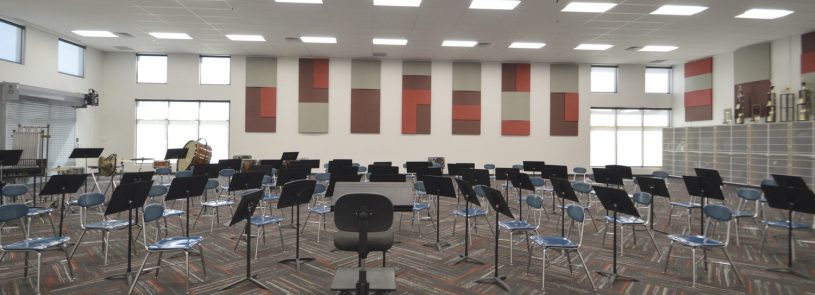Architectural acoustics is key to clear speech

By Jeff Boldt
When classes became fully remote last year, many teachers and students noticed just how important it is to be able to hear one another clearly – especially professors teaching remotely from large classrooms. They need to be able to interact without distraction from noise, echo, and poor speech clarity, and both students and teachers want less of the ubiquitous “Can you hear me now?” interruptions to their workflow. This is where acoustic design comes in to play.
Good acoustic design allows people and audiovisual systems to work better and support the hearing impaired, students with attention deficit, and students with a youthful lack of concentration. When we hear better, we see, concentrate, and learn better because we’re less distracted by the noise around us.
In my Engineer’s Notebook column for the January 2021 issue of ASHRAE Journal, I once again collaborated with David Wright, IMEG Senior Acoustic Technical Specialist, to explain how room functionality improves with improved architectural acoustics in rooms used for collaboration, instruction, and assembly where clear speech is needed.
Click here to read and download a PDF of the column as it appeared in the ASHRAE Journal and check out our previous column on acoustic fundamentals.











